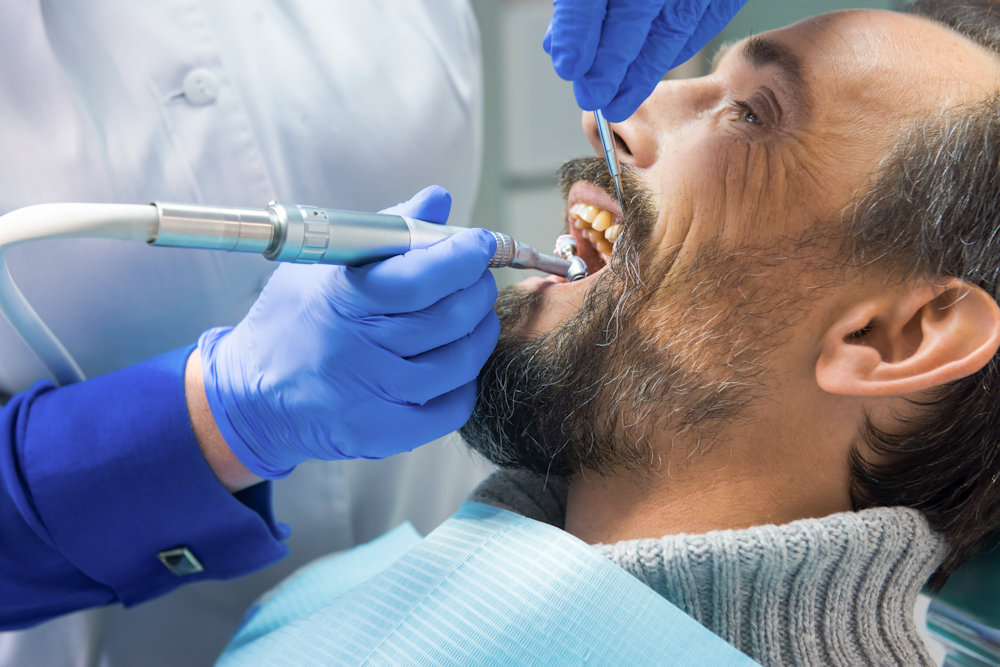
Overcoming Dental Anxiety: A Patient’s Guide to Stress-Free Visits
February 18, 2025Getting your teeth professionally cleaned is an essential part of maintaining good oral health. Understanding what happens during this process can help ease any anxiety and highlight the importance of these regular visits. Here’s a detailed overview of a typical dental cleaning.
The Initial Examination
Before the actual cleaning begins, the dental hygienist performs a preliminary examination of your mouth. Using a small mirror, they check your teeth and gums for any signs of gingivitis, cavities, or other concerning issues that might need special attention during the cleaning or require the dentist’s examination.
Plaque and Tartar Removal
Next comes the removal of plaque and tartar (calculus) buildup. Using a scaler, the hygienist carefully scrapes away these deposits from both above and below the gum line. While regular brushing and flossing can prevent plaque accumulation, only professional tools can remove tartar once it forms.
Professional Brushing
After tartar removal, your teeth are cleaned using a high-powered electric brush and gritty toothpaste. This professional-grade paste has a slightly gritty consistency that gently scrubs your teeth, removing any remaining debris and polishing the tooth surfaces. The hygienist uses different brush heads to reach all tooth surfaces effectively.
Expert Flossing
Even if you’re diligent about flossing at home, professional flossing by your hygienist reaches deeper between teeth and along the gum line. This step removes any leftover plaque or toothpaste from the earlier cleaning steps. The hygienist can also identify any spots where your gums might bleed, indicating areas that need more attention in your daily oral care routine.
Thorough Rinsing
Throughout the cleaning process, you’ll rinse your mouth to remove debris. Usually, your hygienist will provide a rinse containing liquid fluoride to help clear away any remaining particles while simultaneously providing protective benefits to your teeth.
Fluoride or Other Treatment
Many cleanings conclude with a fluoride or anti-bacterial treatment. This protective coating helps fight against cavities for several months. Your hygienist will typically offer you a choice of flavors before applying a foamy gel or paste into a mouthpiece that fits over your teeth. After a minute, they may also paint on a fluoride varnish that hardens when in contact with saliva.
X-Ray Examination
If due, your cleaning appointment might include taking dental X-rays. These images help detect issues invisible to the naked eye, such as decay between teeth, bone loss, or problems below the gum line.
Dental Examination
Following the cleaning, your dentist performs a thorough examination of your teeth, gums, and mouth. They review any X-rays taken and check for signs of tooth decay, gum disease, or potential issues requiring attention.
Treatment Planning
If any issues are identified during the cleaning or examination, your dental team will develop a treatment plan. They’ll discuss their findings with you and recommend necessary procedures or changes to your oral care routine.
Home Care Instructions
Finally, your hygienist or dentist will provide personalized recommendations for maintaining your oral health between visits. This might include specific brushing techniques, flossing tips, or product recommendations based on your unique needs.
Regular professional cleanings, typically recommended every six months, are crucial for maintaining optimal oral health. These appointments not only keep your teeth clean and healthy but also allow for early detection of potential problems before they become more serious issues requiring extensive treatment.
Be sure to schedule you cleaning appointment with one of our Sculpted Smiles hygienist or call us at 973-335-9432.

